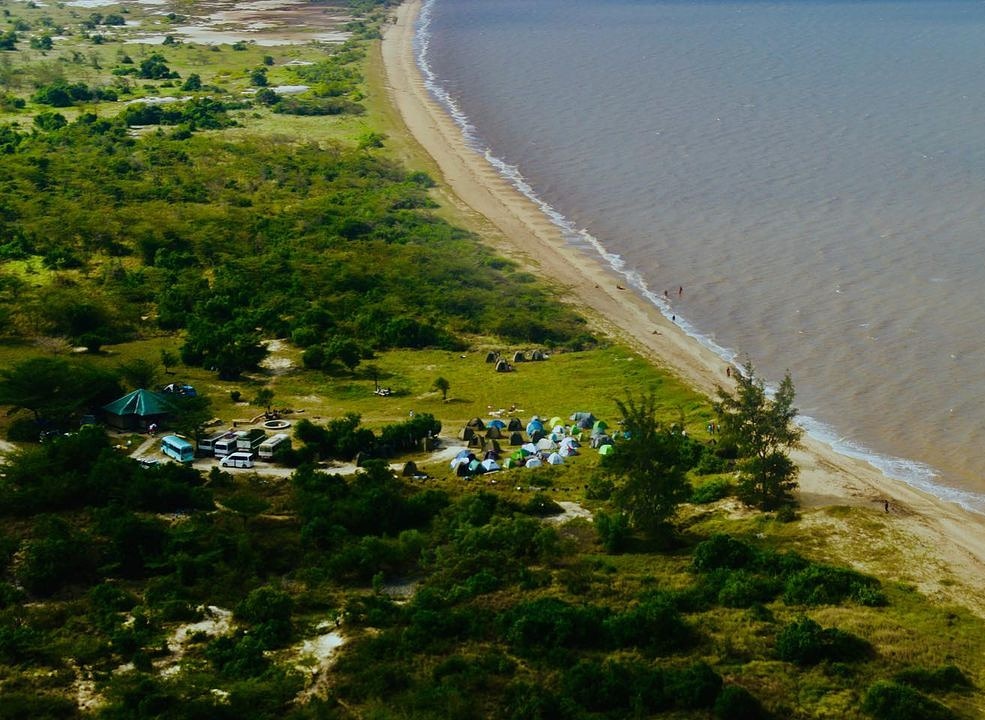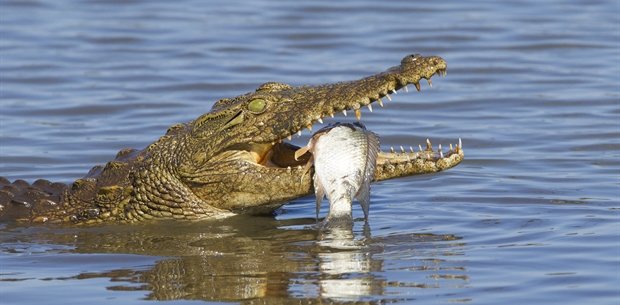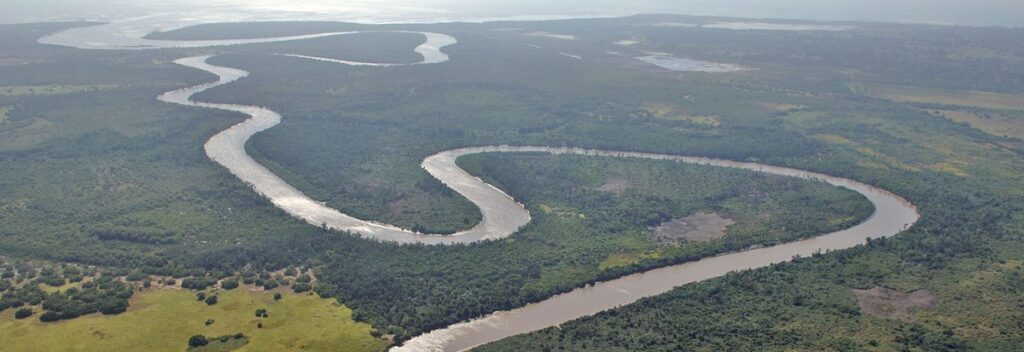
Saadani National Park is a unique and relatively lesser-known national park located on the coast of Tanzania, making it the only national park in East Africa with a coastal and marine component. Combining a unique blend of wildlife, beachfront beauty, and cultural heritage, this park offers visitors a one-of-a-kind experience. This park offers a blend of wildlife viewing, beautiful beaches, and ocean activities.
Location of Saadani National Park
Saadani National Park is situated on the northern coast of Tanzania, approximately 45 kilometers (28 miles) north of the city of Bagamoyo and about 200 kilometers (124 miles) northwest of Dar es Salaam, the largest city in Tanzania. It encompasses a magnificent blend of vibrant ecosystems, including the Indian Ocean, beaches, mangrove forests, and savannah plains. This diversity fosters a rich biodiversity, making it an enticing destination for wildlife enthusiasts and nature lovers alike.
Coastal Setting In Saadani National Park
What sets Saadani apart from other national parks in Tanzania is its coastal location. The park encompasses both land and sea, with a mix of coastal forest, savannah, and pristine beaches along the Indian Ocean. Saadani National Park palm trees sway in a cooling oceanic breeze. White sand and blue water sparkle alluringly beneath the tropical sun. Traditional dhows sail slowly past, propelled by billowing white sails, while Swahili fishermen cast their nets below a brilliant red sunrise.
Saadani is where the beach meets the bush. The only wildlife sanctuary in East Africa to boast an Indian Ocean beachfront, it possesses all the attributes that make Tanzania’s tropical coastline and islands so popular with European sun-worshippers. Yet it is also the one place where those idle hours of sunbathing might be interrupted by an elephant strolling past, or a lion coming to drink at the nearby waterhole!
Wildlife
Saadani National Park offers a variety of wildlife, including elephants, lions, leopards, buffalos, giraffes, zebras, and a variety of antelope species. The park’s location near the ocean also allows for marine life sightings, such as dolphins and humpback whales.

Today, a surprisingly wide range of grazers and primates is seen on game drives and walks, among them giraffe, buffalo, warthog, common waterbuck, reedbuck, hartebeest, wildebeest, red duiker, greater kudu, eland, sable antelope, yellow baboon, and vervet monkey.
Herds of up to 30 elephants are encountered with increasing frequency, and several lion pride are resident, together with leopard, spotted hyena, and black-backed jackal. Boat trips on the mangrove-lined Wami River come with a high chance of sighting hippos, crocodiles, and a selection of marine and riverine birds, including the mangrove kingfisher and lesser flamingo, while the beaches form one of the last major green turtle breeding sites on mainland Tanzania.
What to do In Saadani National Park
Birdwatching: The park is home to a diverse range of bird species, making it a great destination for birdwatchers. You can spot both terrestrial and waterbird species, including kingfishers, herons, and flamingos.
Boat Safaris: One of the unique activities in Saadani is a boat safari along the Wami River. This allows you to see wildlife from a different perspective and offers excellent opportunities to spot hippos and crocodiles.

Beaches: Saadani National Park boasts unspoiled sandy beaches along the Indian Ocean. You can relax on the beach, swim, and enjoy the coastal scenery. It’s a perfect destination for a combination of wildlife and beach experiences
Cultural Interaction: Nearby villages offer opportunities to experience the local culture and interact with the Swahili communities. Visiting local fishing villages can provide insight into the traditional way of life along the coast.
Best Time to Visit
The dry season, from June to October, is the best time for wildlife viewing as animals congregate around water sources. However, the park is open year-round, and the wet season (November to April) offers lush green landscapes and birdwatching opportunities.


